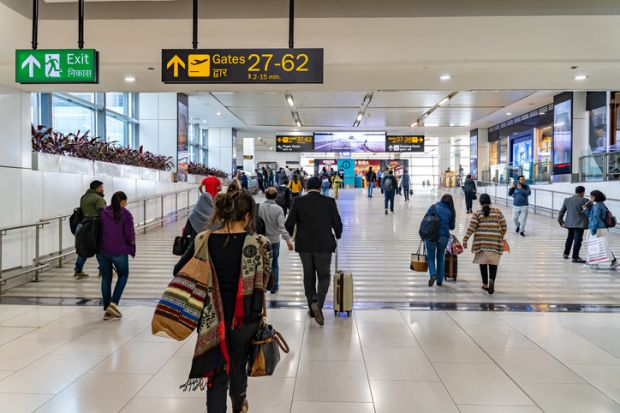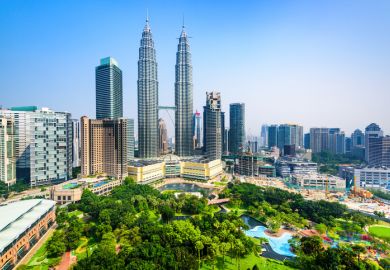Narendra Modi has pledged to reduce the exodus of young people leaving India to study abroad, as figures show the number of international students from the country has surpassed 1.3 million.
Speaking in New Delhi on 15 August – also India’s 78th independence day – the prime minister said that “middle-class families” were spending millions on sending their children abroad. He vowed to “develop an education system so that the youth of our country do not need to go abroad”.
Data released in July by India’s Ministry of External Affairs showed that 1.33 million Indian students were studying abroad in 2024, up from 930,000 the previous year.
The top destination was Canada, with 427,000 students enrolled as of 1 January 2024, followed by the USA (337,630), the UK (185,000) and Australia (122,202).
Other popular destinations included Germany, the United Arab Emirates, Russia, Kyrgyzstan and Georgia, all of which attracted upwards of 10,000 students each.
Mr Modi promised to “transform” India’s current education system, in line with the goals set out in the 2020 National Education Policy (NEP).
“We have to prepare future ready skilled resources in India to meet the expectations of the fast-paced development,” he said. “I do not want the youth of my country to be forced to study abroad.”
The NEP also prioritises attracting more international students to the country and disseminating traditional Indian knowledge more widely – goals Mr Modi reiterated in his speech.
He referenced “reconstructing” Nalanda University, an ancient university in the state of Bihar, which, in the fifth century, focused on topics including Buddhist teaching and traditional Indian medicine, astronomy and mathematics. A modern-day version of the institution opened in 2010 and Mr Modi recently visited the state to inaugurate a new campus.
“We must once again, in the field of education, revive that centuries-old Nalanda spirit, live that Nalanda spirit, and with great confidence, work towards bringing new consciousness to the world’s traditions of knowledge in the field of education,” he said.
The prime minister, who recently secured a third term in a closely fought election, also announced the creation of 75,000 new places for medical education.
He said of the approximately 25,000 Indian students who currently study medicine abroad: “Most of them come from middle-class families, and they spend a huge amount of money.”
The limitations of India’s medical education system were thrust into the spotlight after the Russian invasion of Ukraine in 2022, when thousands of Indian students taking medicine courses in Ukraine rushed to evacuate. Many soon found they were unable to continue their studies in India due to a lack of capacity, with some forced to return to the conflict-ridden country to complete their degrees.
“Sometimes, I get surprised to hear about the countries they have to visit to pursue medical education,” Mr Modi said.
Register to continue
Why register?
- Registration is free and only takes a moment
- Once registered, you can read 3 articles a month
- Sign up for our newsletter
Subscribe
Or subscribe for unlimited access to:
- Unlimited access to news, views, insights & reviews
- Digital editions
- Digital access to THE’s university and college rankings analysis
Already registered or a current subscriber? Login








